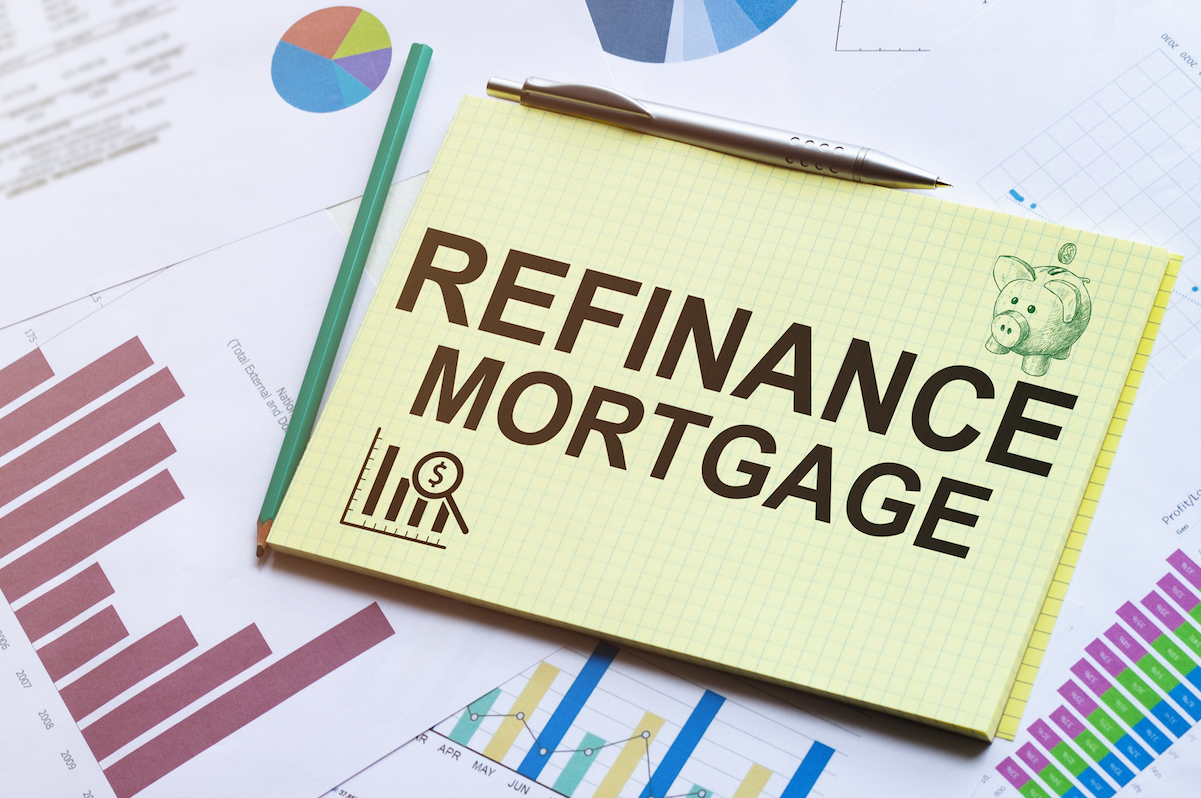
Refinancing your mortgage could potentially get you a better interest rate, lower your monthly payments, allow you to pull equity out of your home, or help you pay off your mortgage earlier. But refinancing your mortgage isn’t always a good idea. Here are five things to think about when considering refinancing.
1 – Your reason for refinancing
The same mortgage can look good or bad to different homeowners depending on their financial situations and goals. Common reasons to refinance a mortgage include:
● Lower the overall cost of the loan over the long-term
● Reduce monthly payments for cashflow
● Access equity for home renovations, children’s education or other large expenses
● Consolidate high-interest debt
● Shorten loan term to pay the home off faster
Rank your priorities before you speak with a mortgage broker so as to find the right refinancing strategy for your situation.
2 – Your rate versus market rates
Understand the terms of your current mortgage before shopping for a new one. Just because interest rates are low doesn’t necessarily mean they’re low enough to warrant refinancing if you’ve already got a great rate.
3 – Your credit score and debt-to-income ratio
Just because you have a mortgage now doesn’t mean you’ll automatically be approved for refinancing. Lenders change their requirements for credit scores and debt-to-income ratios and your personal financial situation can change, too. It’s a good idea to determine your creditworthiness before you start shopping for a refinance. If you have fantastic credit, stable income and low debt, there’s a great chance you’ll qualify for advertised rates. If your finances are on shaky ground, you may be considered high risk and be less likely to be approved for a significantly lower rate than what you have now.
4 – How much equity is in your home
A ballpark figure for how much equity you have in your home is a valuable starting point if you’re considering a cash-out refinance. The cutoff point for mortgage insurance is usually 20%, so if you’d like to pull money out of your home, you’ll need more than 20% of your home’s value in equity to avoid needing personal mortgage insurance.
5 – Your breakeven point
Before you sign on the dotted line, ask your mortgage broker to help you calculate the breakeven point for your new mortgage. The breakeven point is the number of monthly payments you’ll need to make to pay off the cost of the refinance. For example, if the cost of refinancing is $3,000 and your monthly saving is $100, your break-even point is at 30 months, or two and a half years. Compare your breakeven point to your plans for staying in the home. If you don’t have plans to move or sell before hitting your breakeven point, then refinancing will save you money.
Want to see if you qualify for a lower rate? Take our FREE online pre-approval, and find out in just 60 seconds how much you could be saving!
- Secure, Fast, and Easy
- Does Not Affect Your Credit
- No Obligation


 Lenderment NMLS# 1878504. An Illinois Residential Licensee. All loans are subject to Underwriting approval. *Certain restrictions apply. *Call for details. For licensing verification please visit nmlsconsumeraccess.org
Lenderment NMLS# 1878504. An Illinois Residential Licensee. All loans are subject to Underwriting approval. *Certain restrictions apply. *Call for details. For licensing verification please visit nmlsconsumeraccess.org